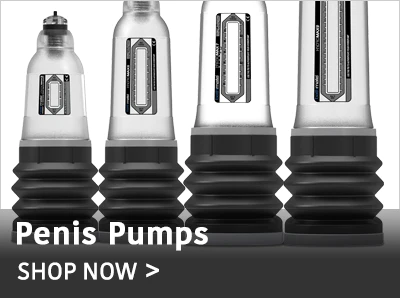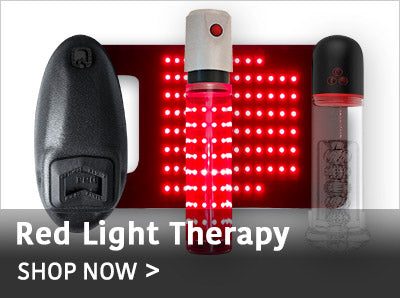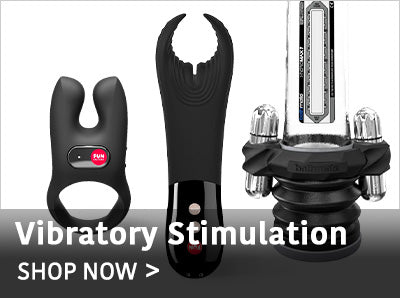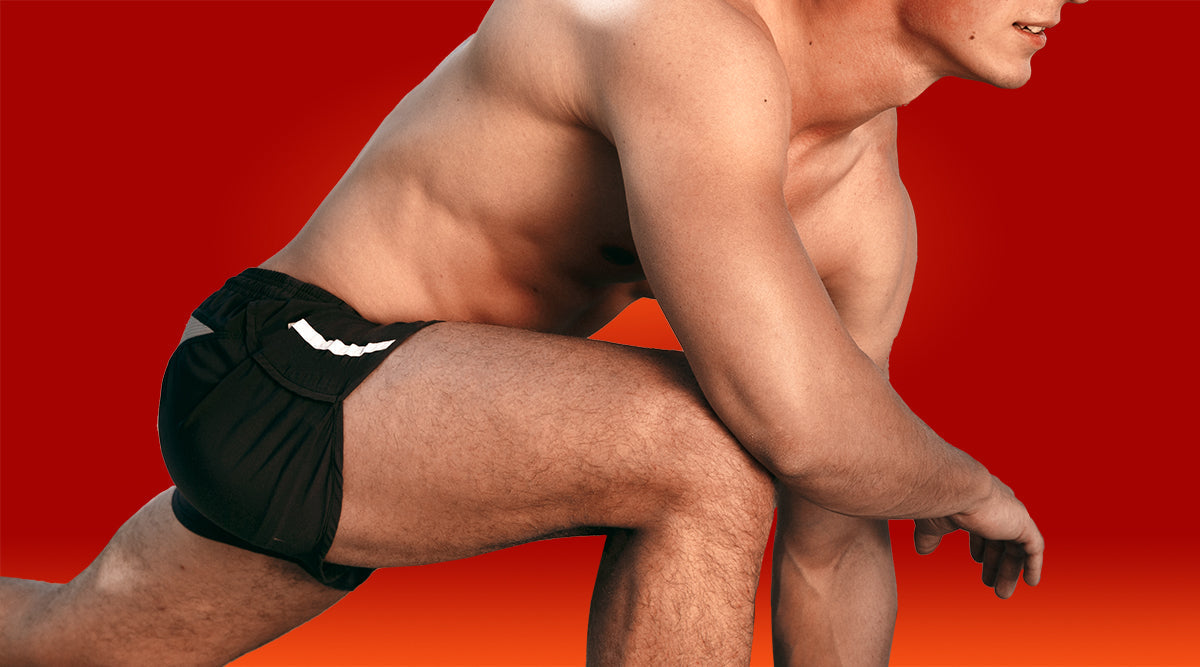How It Works Mobile
Health Benefits Mobile
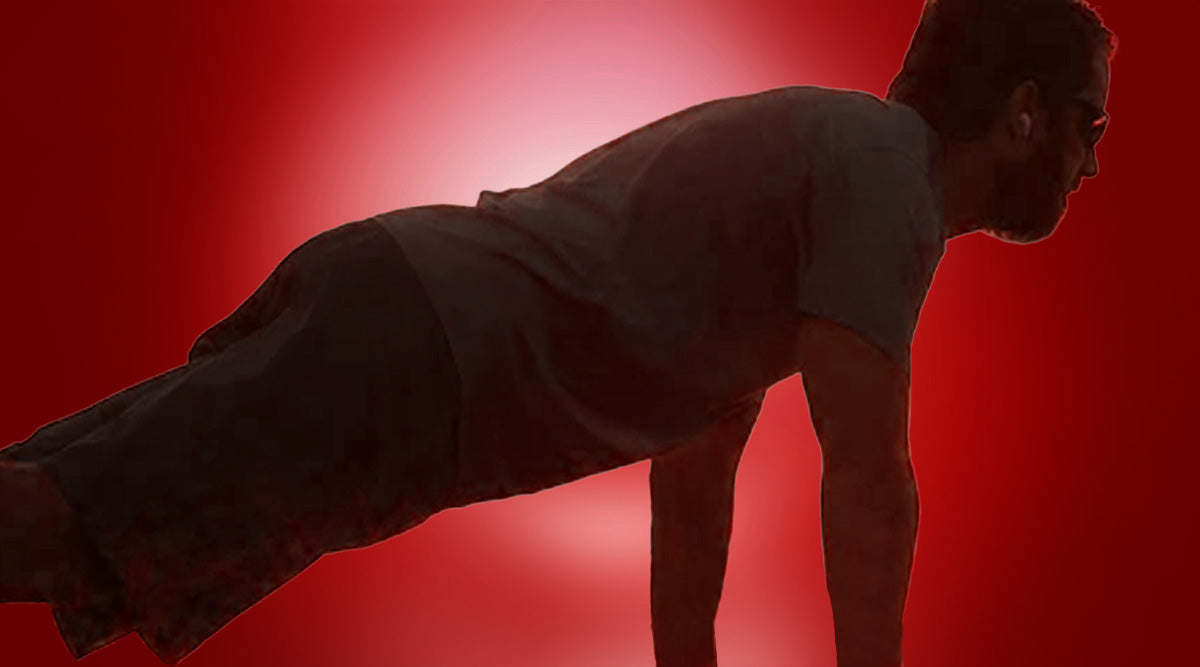
How to Use Red Light Therapy for Erectile Dysfunction
How to Use Red Light Therapy for Erectile Dysfunction
8 min read
8 min read
Red light therapy is gaining traction as a natural way to improve erectile function by boosting circulation and supporting tissue health. Here’s how it works, the potential benefits, and how to use it effectively.

Science-based guidance to improve your sexual health & performance.
By The Private Gym Team
Table of Contents
- Why Poor Blood Flow Is the Leading Cause of Erectile Dysfunction
- Red Light Therapy for ED: A Breakthrough in Non-Invasive Treatment
- Red Light Therapy 101: Understanding Its Mechanisms and Benefits
- Red Light Therapy for Improved Circulation: Boosting Blood Flow Naturally
- Cellular Power Unleashed: How Red Light Therapy Fuels ATP Production
- Optimize Your Mitochondria: Red Light Therapy’s Anti-Aging Edge for ED
- Revitalize Penile Skin: The Cosmetic and Functional Perks of RLT
- Rejuvenate and Repair: Red Light Therapy for Penile Tissue Health
- Testosterone on the Rise: How Red Light Therapy Benefits the Testicles
- Red Light Therapy: Pros, Cons, and What Every Man Should Know
Erectile dysfunction (ED) is one of the most common types of sexual dysfunction in men and the primary reason why men seek our help. So, if you're fighting ED, you're not alone—given enough time and sexual activity, dealing with it becomes almost inevitable.
One prominent study illustrates its prevalence, showing severe ED documented at a 5.1% rate among men aged 29–30, 14.8% among men aged 40–59, and over 50% among men aged 60 and above. Actual rates may be even higher than reported.
Additionally, rates of ED among men under 30 have increased in recent years. Researchers attribute this rise to heightened awareness, acceptance of treatment, and multifaceted lifestyle factors.
But, in general, erectile dysfunction arises from several factors:
-
Blood flow issues, such as vascular diseases like atherosclerosis.
-
Hormonal imbalances, including low testosterone levels.
-
Neurological disorders affecting nerve signals to the penis.
-
Psychogenic factors, such as stress, anxiety, and depression.
-
Lifestyle factors like poor diet, lack of exercise, obesity, chronic stress, environmental toxins, and substance abuse.
The natural aging process further compounds these challenges, leading to physiological changes that can hinder erection quality. Each of these elements has the potential to disrupt the delicate equilibrium necessary for achieving and sustaining an erection.
Why Poor Blood Flow Is the Leading Cause of Erectile Dysfunction

Numerous studies have identified poor blood flow as the most common cause of erectile dysfunction. This issue typically stems from vascular diseases such as atherosclerosis (hardening of the arteries), hypertension (high blood pressure), obesity, or diabetes.
Conditions like diabetes can severely impact blood vessels. Still, red light therapy has been shown to stimulate blood flow in both healthy and diabetic blood vessels, enhancing circulation and helping reverse the narrowing of veins and arteries.
These conditions not only impair overall circulation but significantly affect blood flow to the penis, which can serve as an early warning sign of broader vascular problems. By addressing these factors that contribute to circulation problems, individuals can improve their erectile function and overall sexual health.
Red Light Therapy for ED: A Breakthrough in Non-Invasive Treatment
Among various treatments for ED, red light therapy (RLT) using red and NIR light is emerging as a particularly compelling option. Also known as low-level laser therapy (LLLT), it has been shown to treat erectile dysfunction effectively by enhancing cellular repair and promoting overall vitality.
These wavelengths have been extensively studied and have been shown to improve vascular health in other areas of the body, making them a natural fit for combating ED. Red and NIR light enhance cellular metabolism and ATP production—vital components for boosting energy levels and supporting vascular health.
Additionally, red light therapy can serve as a preventive measure for men looking to avoid ED or enhance sexual performance. Improved blood flow to the penis, facilitated by red and NIR light therapy, leads to firmer, more sustained erections. This improvement in vascular function enhances sexual function, regardless of one’s current health status.
Red Light Therapy 101: Understanding Its Mechanisms and Benefits

Understanding that our bodies react differently to various light colors is crucial. For instance, blue light enhances alertness, while green light induces relaxation. Red light exposure stands out for its many benefits.
Red light therapy, often called low-level light therapy, operates within specific wavelengths. Typically falling between 630 to 660 nm, it targets specific cellular responses. Near-infrared light (NIR) treatment, ranging from 810 to 850 nm, also plays a role. Including red near-infrared light speeds up mitochondrial healing and regenerative processes, enhancing the therapy’s effectiveness.
These precise wavelengths penetrate the skin and underlying tissues, triggering specific reactions:
-
Promotes Blood Flow: Enhances circulation, crucial for healing and various bodily functions.
-
Stimulates Cellular Energy Production: Increases the production of ATP, essential for energy transfer within cells.
-
Enhances Mitochondrial Function: Invigorates mitochondria, potentially slowing the aging process.
-
Improves Skin Health: Helps reduce wrinkles, scars, redness, and acne, promoting a healthier complexion.
-
Supports Tissue Repair: Accelerates wound healing and reduces inflammation, benefiting skin health and muscle recovery.
-
Additionally, Stimulates Endothelial Cell Proliferation: Contributes to tissue regeneration.
-
Improves Hair Growth: Stimulates hair follicles, encouraging regrowth for hair loss due to androgenic alopecia (not covered further here).
In the following sections, we focus on the first five benefits that specifically relate to penile health and sexual function.
Red Light Therapy for Improved Circulation: Boosting Blood Flow Naturally

A significant benefit of red light therapy is its ability to enhance blood circulation. This is particularly beneficial for treating ED, as adequate blood flow is essential for achieving and maintaining erections.
The therapy works by stimulating cells in the vascular walls to release ATP, which boosts the body's natural vasodilation processes and improves blood flow throughout the treated area.
Boost Nitric Oxide Naturally: The Power of Red Light Therapy
Red light therapy also increases nitric oxide production, a critical molecule for cardiovascular health and blood flow. Nitric oxide widens blood vessels, reducing blood pressure and improving circulation to various parts of the body, including the penis. This jump in nitric oxide levels is especially crucial in managing and improving erectile function.
Fighting Inflammation with Light: How RLT Soothes Penile Tissue
In addition to improving blood circulation and nitric oxide levels, red light therapy reduces inflammation within the penile tissue. Chronic inflammation can impair vascular function and contribute to ED.
Red light therapy effectively targets and mitigates inflammatory processes at the cellular level, creating better conditions for cellular functions and potentially improving sexual functioning.
Cellular Power Unleashed: How Red Light Therapy Fuels ATP Production

Red light therapy helps combat ED by increasing cellular energy. Mitochondria, known as the cell's powerhouses, respond to red and infrared light by producing more ATP. This boost in ATP allows cells in the penis to function more effectively, enhancing response mechanisms during arousal and improving overall cellular performance.
Extensive research supports the efficacy of red light therapy in invigorating mitochondria, leading to enhanced ATP production and mitochondrial function. These improvements are essential for energy transfer within cells, supporting tissue repair, cellular rejuvenation, and more efficient cellular operations.
Optimize Your Mitochondria: Red Light Therapy’s Anti-Aging Edge for ED

Building on the benefits of increased ATP production, red light therapy explicitly enhances mitochondrial functions, which are critical for cellular health and energy. When mitochondria work optimally, they produce more power while managing cellular stress and damage more effectively. This improved efficiency can profoundly impact cell health and longevity.
Maintaining normal energy metabolism helps support cellular health and longevity, which is crucial for overall well-being.
Red light therapy stimulates mitochondria through photobiomodulation, triggering a biological cascade that enables better oxygen and nutrient utilization. The result is higher energy levels within cells and an improved capacity for regeneration and repair.
Healthy mitochondrial function is essential for preventing and reversing the cellular aging process, which accelerates ED and other degenerative diseases. Red light therapy helps maintain cellular health by strengthening mitochondrial function, supporting the body’s natural healing processes and optimal physiology.
Revitalize Penile Skin: The Cosmetic and Functional Perks of RLT

Following increased cellular energy and mitochondrial function, red light therapy offers significant benefits for penile skin health. The skin around the penis is sensitive and prone to issues that can impact sexual function and overall health.
Red light therapy devices often use LED lights, which are advantageous over traditional laser treatments as they do not heat the tissue, minimizing the risk of tissue damage. Red light therapy stimulates skin cells by penetrating with specific wavelengths of light. This stimulation boosts collagen production—a vital protein for maintaining skin elasticity and strength. Enhanced collagen improves texture and resilience, reducing signs of aging like wrinkles and fine lines. Consequently, penile skin becomes healthier, supporting better sexual function.
Rejuvenate and Repair: Red Light Therapy for Penile Tissue Health

Red light therapy plays a crucial role in penile tissue repair by reducing inflammation and promoting faster healing of wounds. Lower inflammation is especially beneficial for the penile skin, helping it recover more quickly from abrasions or irritations commonly experienced during sexual activities.
These therapeutic effects also aid in addressing conditions like Peyronie's disease, where inflammation causes painful curvature of the penis. Ultimately, by alleviating inflammation and enhancing tissue repair, red light therapy improves penile skin health, sensitivity, and comfort, positively impacting both performance and pleasure.
Testosterone on the Rise: How Red Light Therapy Benefits the Testicles

While red light therapy on the penis directly supports ED, targeting the testicles with red light therapy offers a distinct advantage for enhancing male sexual performance by increasing testosterone levels.
This approach involves stimulating Leydig cells in the testes using red light (630 to 670 nm). Backed by animal studies and substantial anecdotal evidence, regular red light exposure raises testosterone, thus improving libido, mood, and energy. By optimizing cellular function, this method provides a convenient alternative to traditional hormone therapies, such as TRT. Many men who use red light therapy on their testicles report notable improvements in sexual health and vitality.
Red Light Therapy: Pros, Cons, and What Every Man Should Know

The benefits of red light therapy are well-documented, especially in non-invasive treatment contexts. Yet, like any therapy, proper application is crucial to avoid potential drawbacks.
RLT Pros:
-
Noninvasive with minimal side effects: No surgery or harsh chemicals required.
-
Promotes cellular repair and regeneration: Boosts mitochondrial function for greater energy production.
-
Versatile treatment applications: Helpful in addressing skin issues, muscle recovery, and erectile dysfunction.
-
Improves blood flow and circulation: Particularly beneficial for erectile function and vascular health.
RLT Cons:
-
Requires multiple sessions: Repeated treatments are needed for cumulative results, which may be inconvenient.
-
Potentially costly: Device investments can be high, depending on the scope of treatment.
-
Limited by lack of direct sunlight exposure: While RLT is effective, it can’t replicate all the benefits of natural sunlight.
Too Much of a Good Thing? Red and NIR Light Therapy Limits Explained
Adhere to recommended guidelines regarding session duration and frequency to prevent skin irritation or tissue damage from excessive heat. Most modern devices are designed to minimize these risks, making brief, regular sessions the safest approach. Follow the device's instructions or seek advice from a healthcare provider.
Sunlight vs. RLT? Why Controlled Wavelengths Matter for ED Treatment

While natural sunlight can yield benefits like vitamin D synthesis and mood improvement, it doesn’t serve as a direct substitute for red light therapy in treating ED. Sunlight contains UV rays, which become harmful with excessive exposure, and practical or social norms may restrict the private exposure needed for effective penile therapy.
In contrast, red light therapy devices utilize carefully controlled wavelengths, crucial for safely and effectively stimulating cellular functions—such as ATP production and vasodilation—essential to improving penile health and vascular function.
Boost Sexual Performance Naturally: The Red Light Therapy Advantage

Red light therapy offers a promising, non-invasive option for men seeking to enhance sexual health and performance. By targeting specific wavelengths, it stimulates cellular activity and optimizes blood flow, both vital for achieving and maintaining erections. This improvement in circulation and tissue health supports better ED management and overall sexual satisfaction.
RLT for the Penis: How Consistent Therapy Transforms Erectile Function
For men seeking relief from ED or aiming to boost sexual vitality, red light penis pumps can provide transformative results when used consistently. Maximizing RLT’s benefits involves:
-
Consistent Sessions: Regular treatments maintain and amplify therapeutic effects.
-
Proper Exposure: Optimal exposure during sessions, ideally with the penis erect, to cover maximum surface area.
-
Choosing the Right Red Light Penis Pump: Look for devices emitting the correct wavelengths (630–660 nm for red light and 810–850 nm for near-infrared) for enhanced vasodilation and circulation.
While effective independently, RLT’s advantages can be further strengthened by a healthy lifestyle, including exercise and balanced nutrition.
In summary, red light therapy signifies a breakthrough in non-invasive sexual health treatments, delivering a powerful way for men to heighten their sexual experience without the side effects often associated with conventional therapies. Integrating RLT into your routine can lead to enhanced sexual health, physical wellness, and quality of life.
RELATED ARTICLES

Ten Tips for How to Get Harder Erections
7 min read

Gas Station Sex Pills Do They Really Work?
7 min read
Recent Articles
- 12 Types of Female Orgasms: How to Help Her Experience Each One
- Why I Recommend You Get a Tantric Couch
- The Downsides of Penis Enlargement Surgery: Risks and Alternatives
- Bathmate vs. Air Pumps
- Bathmate Results: Penis Pump Before & After
- Side Effects of Catuaba
- Health Benefits of Catuaba
- 12 Essential Tips for a Healthy Penis
- Can Quadriplegic Men Have Sex?
- Sexual Function for Men After Spinal Cord Injury
















